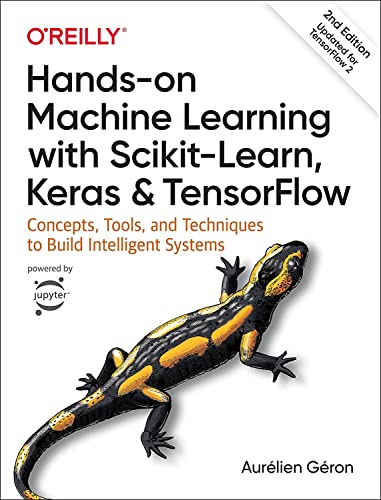This article showcases our top picks for the Best Books On Computer Organization. We reached out to industry leaders and experts who contributed to this article’s suggestions (they have been credited for their contributions below).
We are keen to hear your feedback on all of our content and our comment section is a moderated space to express your thoughts and feelings related (or not) to this article This list is in no particular order.
Essentials of Computer Organization and Architecture by Linda Null
This product was recommended by John C. Simmons from Inboxally

If I could recommend one textbook on computer organization, it would be this one. It is an award-winning literary masterpiece full of comprehensive information that covers all essential organization and architecture topics. What I like most about it is how it makes theoretical concepts applicable and relevant in an actual computing sense. Its highlights also include exercises that support the covered material as well as a section dedicated to further reading.
Computer Organization and Design RISC-V Edition by David Patterson
This product was recommended by Andy from Cloom

Computer Organization and Design RISC-V Edition: The Hardware Software Interface, Second Edition, the award-winning textbook from Patterson and Hennessy used by more than 40,000 students per year, continues to present the most comprehensive and readable introduction to this core computer science topic. This book version features the RISC-V open-source instruction set architecture, the first open-source architecture in modern computing environments such as cloud computing, mobile devices, and other embedded systems. Readers will enjoy an online companion website that provides advanced content for further study, appendices, glossary, references, links to software tools, and more.
3D Printing For Dummies by Richard Horne
This product was recommended by Andy from Cloom

3D printing is one of the coolest inventions we’ve seen in our lifetime, and now you can join the ranks of business people, entrepreneurs, and hobbyists who use it to do everything from printing foods and candles to replacement parts for older technologies—and tons of mind-blowing stuff in between! With 3D Printing For Dummies at the helm, you’ll find all the fast and easy-to-follow guidance you need to grasp the methods available to create 3D printable objects using software, 3D scanners, and even photographs through open source software applications like 123D Catch. Thanks to the growing availability of 3D printers, this remarkable technology is coming to the masses, and there’s no time like the present to let your imagination run wild and create whatever you dream up—quickly and inexpensively. When it comes to 3D printing, the sky’s the limit!
Hands-On Machine Learning with Scikit-Learn, Keras, and TensorFlow by Aurélien Géron
This product was recommended by Andy from Cloom

Through a series of recent breakthroughs, deep learning has boosted the entire field of machine learning. Even programmers who know close to nothing about this technology can use simple, efficient tools to implement programs capable of learning from data. This practical book shows you how. Using concrete examples, minimal theory, and two production-ready Python frameworks—Scikit-Learn and Tensor Flow—author Aurélien Géron helps you gain an intuitive understanding of the concepts and tools for building intelligence systems. You’ll learn various techniques, starting with simple linear regression and progressing to deep neural networks. With exercises in each chapter to help you apply what you’ve learned, all you need is programming experience to get started. Explore the machine learning landscape, particularly neural nets Use Scikit-Learn to track an example machine-learning project end-to-end Explore several training models, including support vector machines, decision trees, random forests, and ensemble methods Use the Tensor Flow library to build and train neural nets Dive into neural net architectures, including convolutional nets, recurrent nets, and deep reinforcement learning Learn techniques for training and scaling deep neural nets.

